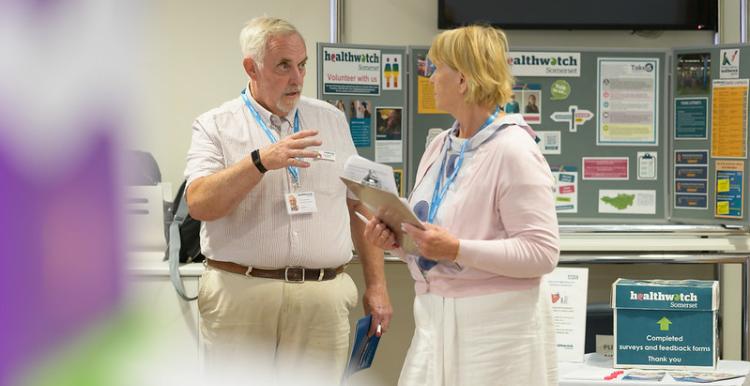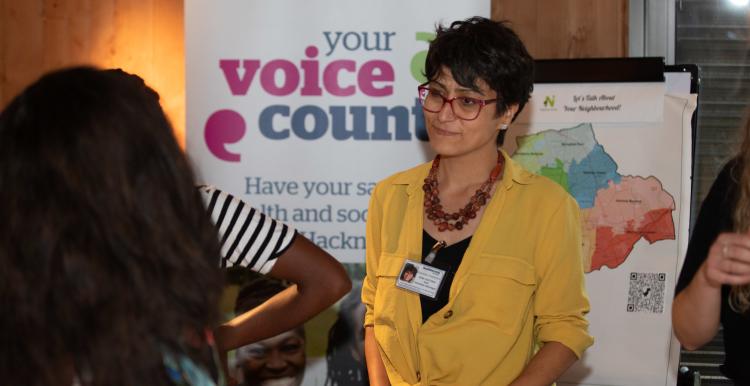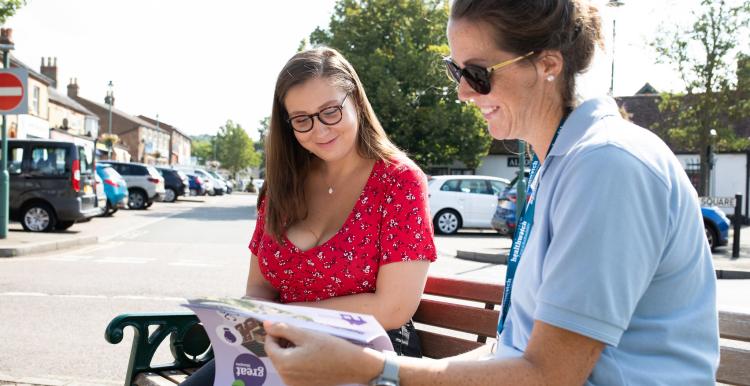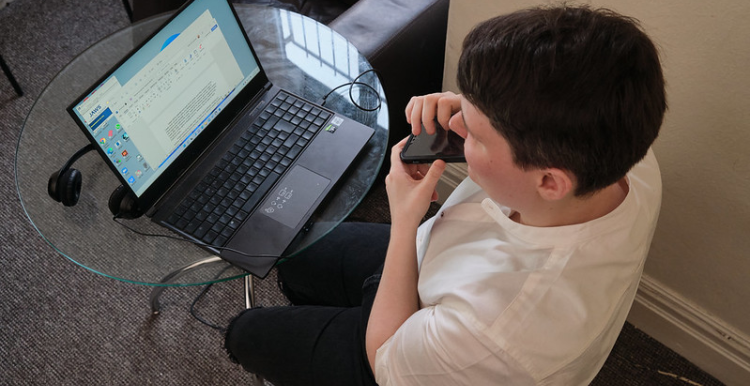A guide to social media platforms

Originally published 2 August 2021. Updated July 2023.
About this resource
This resource will help you understand the largest social media platforms.
The guide also covers key areas, including:
- Building engagement - why it is important and how to boost engagement with your content
- Branding - how your social media looks and feels and why this is important
- Management of accounts - who should have access and posting from the corporate account
- Social media policies - the importance of having one and what it should cover
- Accessibility considerations - use of hashtags, emojis, images and videos
We have also included a standard response sheet you can use to respond to the most frequent comments on social media.









